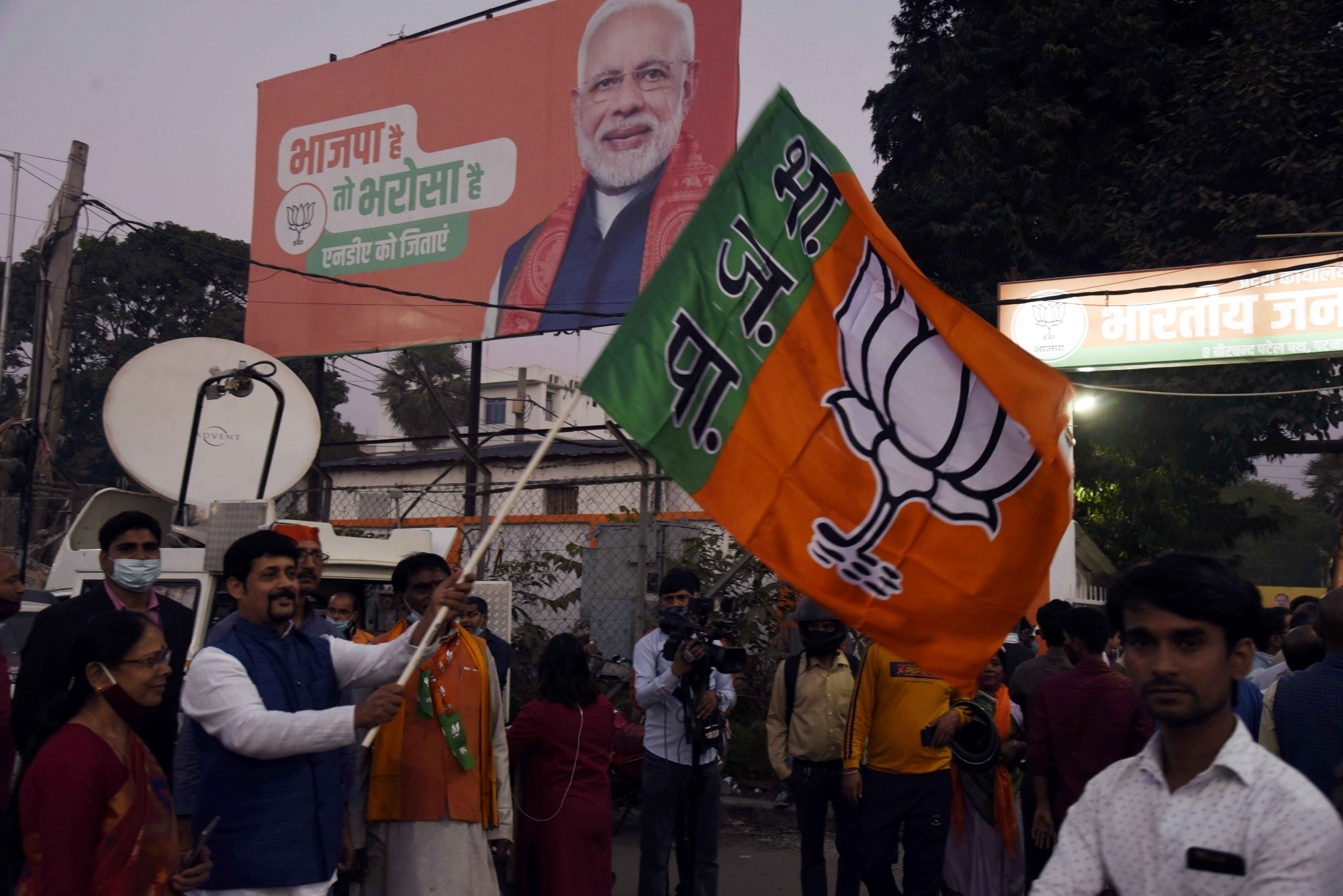Sheikh Qayoom
Srinagar, Dec 16 (IANS) The Bharatiya Janata Party (BJP) ruled J&K in coalition with the Peoples Democratic Party (PDP) after the 2014 elections till it withdrew from the coalition in 2018.
In the Assembly elections in 2014, which delivered a fractured mandate, the BJP had 25 seats and the PDP 28 in the then Assembly of 87 MLAs.
All the BJP seats in the last J&K assembly came from the Jammu division while the predominant majority of PDP seats came from the Valley.
J&K was put under governor’s rule in 2018 and on August 5, 2019, the state was downgraded into the two Union Territories of J&K and Ladakh.
The special status of the erstwhile state was abrogated on the same day.
Since then, J&K is a UT ruled by the Centre with a Lt governor as the head of the administration.
Despite being in power at the Centre, the BJP has not made much inroads into the Muslim majority Valley.
The regional National Conference (NC) and the PDP continue to share major public support in the Valley although the same can only be tested at the hustings when assembly elections are held here.
New political forces in the shape of the Apni Party headed by former minister, Altaf Bukhari and the Peoples Conference (PC) headed by another former minister, Sajad Gani Lone have surfaced as challenges to the otherwise well entrenched NC and the PDP.
The BJP, all said and done, remains a marginal political force in the Valley.
There has been resentment against the local BJP leadership in the Jammu region as well.
The people of Jammu believe that the bigger chunk of development funds and government jobs have still gone to the Muslim majority Valley.
The common voter in Jammu division openly speaks against the BJP.
But the silver lining for the party is that Prime Minister Narendra Modi continues to be the most popular leader among the voters of Jammu.
It is generally believed, and reasonably so, that once the elections are held, the popularity of Narendra Modi would offset the reservations the common voter might have about the local BJP leadership.
Thus, it is logical to hold that the BJP would do well in the Hindu dominated areas of Jammu division during the next assembly elections.
So far as the voters’ choice for the Lok Sabha elections goes, Modi’s name and fame can win the party the two Lok Sabha seats in the Jammu division.
Having ensured reservations for the scheduled castes, tribes, Paharis and the Valmiki community, the BJP stands to gain in assembly constituencies dominated by these communities.
The BJP expects to make some gains among the 46 assembly seats in the Valley as well, but that should only be treated as a bonus and not something the party could do because it has made inroads in the Valley.
In a nutshell, the BJP despite public reservations against its local leadership, is likely to get a majority of the 44 seats in Jammu division.
Challenges for the BJP in Jammu division would come from the NC in the Muslim majority Poonch, Rajouri and Doda districts.
The Congress believes to better its score in the Jammu division, but that could not pose a serious challenge when it comes to spearheading the poll campaign by Narendra Modi and Amit Shah.
The bottom line is that the BJP, despite controlling the political levers of the state for the past more than four years, hasn’t been able to make any appreciable inroads in the Valley.












